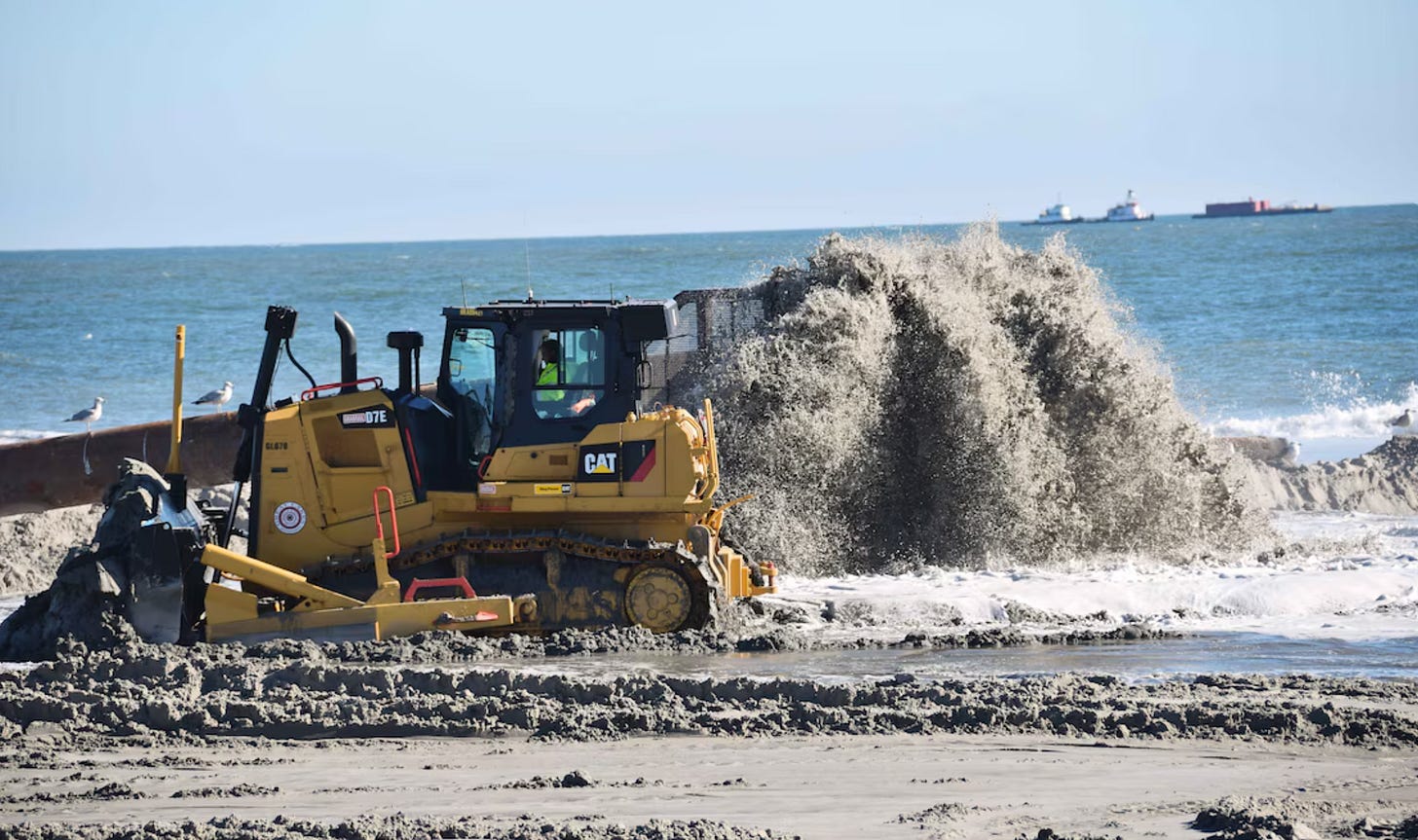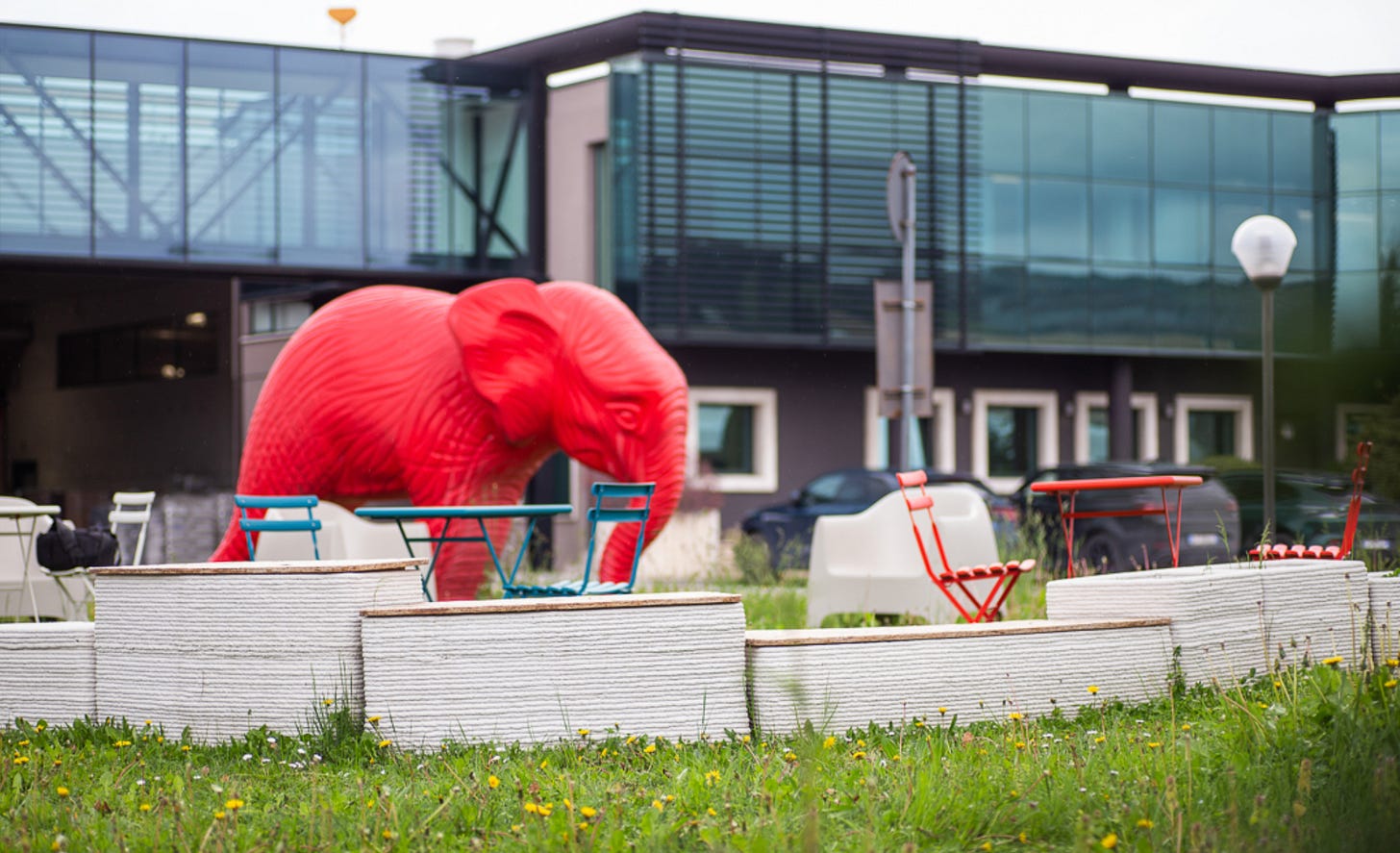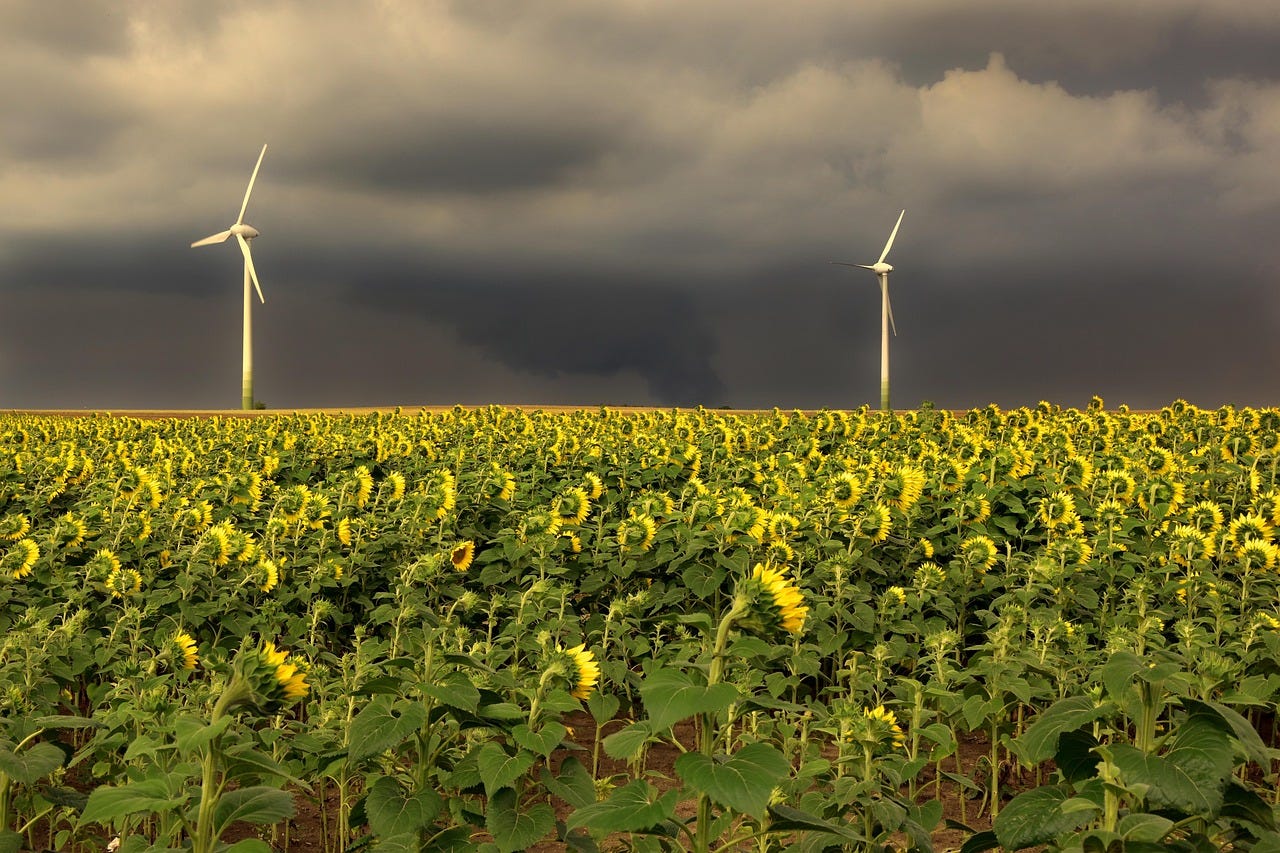The enduring and unexplainable faith of the Tesla investor
Welcome to Callaway Climate Insights, your daily guide to global climate finance. Has this report been shared with you? Please subscribe with the links below.
Today’s edition of Callaway Climate Insights is free for all our readers. We really want to bring you the best and latest in climate finance from around the world. Please subscribe now.

To be a Tesla TSLA 0.00%↑ investor has always been an exercise in heart over mind, driven by a passion not just for the pioneering electric vehicles themselves but for the mysterious and unmeasurable abilities of one Elon Musk.
During a year in which the world’s richest man has been scorned for interfering in U.S. politics and has gone from best buddy to openly warring with President Donald Trump, investors never lost their faith that Musk would return to rescue the company whose troubles others put squarely at his feet.
No example of this enthusiasm is better than this very week, in which shareholders applauded Tesla management’s decision to award Musk almost $30 billion in stock as part of a larger compensation package still tied up in the courts.
At the same time, reports out of Europe circulated that Tesla sales fell more than 60% last month in both the UK and Germany, attributed directly to dislike for actions, and giving way to soaring sales from Chinese rival BYD.
Despite the headlines — and continuing questions about a future cheaper Tesla model as well as its plans for robotaxis — Tesla shares were up almost 5% in early trade Thursday.
We admit to holding a handful of shares ourselves in a growth fund but have never really been able to explain the divide between the share movements and the company’s short-term prospects.
Not since Steve Jobs has any celebrity CEO had such a hold on shareholder fans. The compensation package is designed to keep Musk around at least another two years. By then, we hope to know whether there really is any substance behind the myth.
Don’t forget to contact me directly if you have suggestions or ideas at dcallaway@callawayclimateinsights.com.
Follow us . . . .
Twitter | LinkedIn | Facebook | Instagram
The myth of shareholder democracy in climate votes
. . . . The advent of pass-through voting in shareholder proxy votes over the past several years has been slow and replete with technology challenges, but in the end the success of the system set up by the biggest asset managers in response to climate advocates depends on individual shareholders caring enough to vote, writes Mark Hulbert. As shareholders pushed the big banks for more power in climate proxy votes against big managements during the Covid era, the banks allowed direct voting for some of the larger shareholders, gradually expanding the process so that the technology worked for everybody. But now the voting is plagued by shareholder apathy, leading some to wonder whether it might be more effective going back to the old way of just letting the banks vote.
Thursday’s subscriber insights
Barclays becomes the 2nd UK banking giant to leave the Net Zero alliance
. . . . British banking giant Barclays Plc BCS 0.00%↑ became the second large UK bank to depart the shrinking Net Zero Banking Alliance, following HSBC HSBC 0.00%↑ last month — and most of the large U.S. and Canadian banking giants earlier this year.
The departures come as U.S. President Donald Trump and GOP leaders in red states continue to harass banks who support decarbonizing the economy by moving to clean energy from fossil fuels. A Texas judge just this week allowed a lawsuit from the Trump administration to proceed accusing BlackRock BLK 0.00%↑, Vanguard and State Street STT 0.00%↑ of energy market manipulation for trying to nudge oil companies toward cleaner means of energy production.
Barclays said the Net Zero Banking Alliance, which was formed four years ago in Glasgow at the United Nations annual climate summit, COP26, no longer had the membership structure to support its individual transition plans. The departures free the banks from promises to reduce funding of oil and gas projects and focus more on clean energy as a means of mitigating climate change.
Ironically, Bloomberg reported this week that funding for fossil fuel projects in the first half of this year shrank by 25% as oil and gas companies reduced spending on development projects amid lackluster market prices and a glut of oil supply this year.
Market timing, it seems, can be a challenge for even the biggest investors.
Italian startup Centauroos greens the construction industry
. . . . Picture attending the Milan Design Week or scouring the displays at the Venice Biennale and stumbling upon a piece that embodies an innovative solution in a hard-to-decarbonize sector, such as the cement industry. Hard to imagine? Writing from Osimo, Italy, climate scientist and consultant Laura Zambino analyzes the prospect for Italian startup Centauroos, which recycles rubble using 3D printing technologies to create a special form of concrete that greatly reduces its cement content. Concrete is the most widely used material on the planet, but making the cement that goes in it makes it extraordinarily harmful in terms of greenhouse gas emissions. Zambino describes how the three founders started the company with the rubble from a damaging Italian earthquake in 2016, and are already finding clients.
Editor’s picks: The ‘big one’; plus, town builds hydrogen and battery-powered microgrid
Watch the video: A massive earthquake along the Cascadia Subduction Zone could unleash a tsunami and sink parts of the Pacific Northwest by several feet. A 2025 study suggests that when the next “Big One” hits, coastal land could sink by up to six feet. That sudden drop could instantly double the number of people, homes, and roads exposed to flooding.
Big energy storage project for small California town
The world’s largest ultra-long duration energy storage system just opened in the tiny Northern California city of Calistoga. The town of 5,000 is in the famed Napa Valley wine country and is known for wineries, hot springs, mud baths — and wildfire evacuations and power outages. The Calistoga Resiliency Center is an innovative hydrogen and battery-powered microgrid that can provide up to 48 hours of carbon-free electricity to Calistoga during wildfire threats and electric utility safety shutoffs. The project is a cooperative venture by the City of Calistoga, Energy Vault and Pacific Gas & Electric Company PCG 0.00%↑ Green energy tax credits funded the $28 million project. Democratic Rep. Mike Thompson said at the center’s opening, “The rest of our state, our country, and our world are looking right here to Calistoga as the model for what is possible when we invest in clean energy. When our community faces wildfire threats and undergoes public safety power shutoffs, the Calistoga Resiliency Center will provide critical, clean backup power to our community, helping us keep people safe while reducing carbon emissions.”
Latest findings: New research, studies and projects

Climate collaboration
As the climate warms, governments in the U.S. are attempting to increase the resilience of populations and physical environments to the impacts of higher temperatures. This article, titled Collaborative Climate Change Adaptation: A Case Study of Army Corps Coastal Protection Projects, analyzes the efforts of the U.S. Army Corps of Engineers to design and build coastal protection infrastructure, such as seawalls, storm surge barriers and nature-based approaches, as an example of intergovernmental collaboration to adapt to climate change. Authors: Katrina Wyman, New York University School of Law; Max S. Miller, New York University (NYU), School of Law.
More of the latest research:
Assessing Future Flood Risk in South Asia Under Climate Change
Carbon Emissions, Financial Stability and Bank Profitability in Non-Crisis Years
Words to live by . . . .
“August rain: the best of the summer gone, and the new fall not yet born. The odd uneven time.” — Sylvia Plath, The Unabridged Journals of Sylvia Plath





